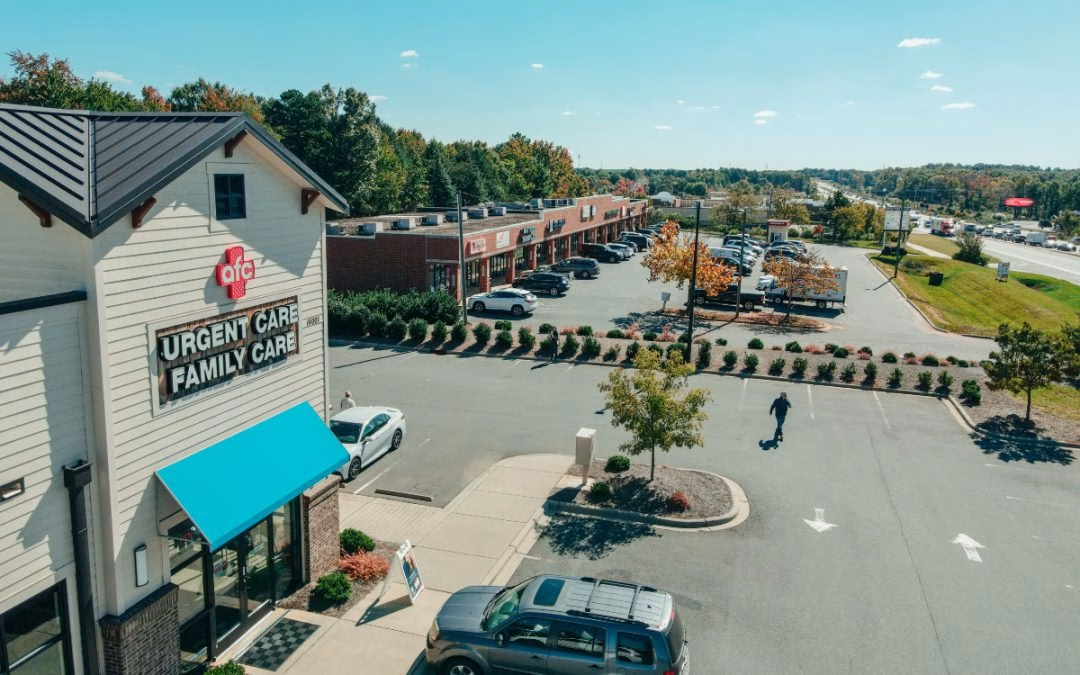
How Can I Tell if My Nose Is Broken?
The old comedic trope of an actor stepping on a rake and getting their face smacked by the rake’s handle is something you used to laugh at…until last weekend when you were the one stepping on a rake. Or, rather, tripping over one. Instead of the rake hitting you in the face, you lost your balance and fell into the frame of your garage door, nose first. You have considered telling people that you are taking beginning boxing lessons rather than revealing your clumsiness and experiencing even more embarrassment.
You aren’t alone. In the U.S., nearly 50,000 people fracture their noses each year. Nasal fractures account for 40-50% of all facial fractures and are the most common facial injury which makes sense given how noses protrude from the rest of the face.
Signs of a Broken Nose
The bridge of the nose is made of bone, but the septum which divides each nostril is made of cartilage. Any crack in either the bone or cartilage is considered a break, or fracture.
Your nose might be broken if you have:
- Facial swelling
- Bleeding from your nostrils
- A feeling of blocked nasal passages with difficulty breathing
- A crooked bridge of the nose
- Tenderness and bruising on and around the nose and eyes such as “black eyes”
- Pain when your nose is touched
- A crunching or crackling sound when your nose is touched
- Mucus discharge from the nostrils
The severity of symptoms can vary according to the degree of injury. The first step is for your doctor to evaluate the injury, offer pain and infection management, and determine the level of injury. If the nose is misaligned you will likely be referred to an otolaryngologist, commonly referred to as an ear, nose, and throat specialist, or an ENT. An ENT will have the training necessary to manage care and fix broken and misaligned noses.
To prepare for your doctor’s visit write down what you were doing when the injury occurred and any symptoms, write out your medications and supplements, and bring a photo of yourself before the injury.
How is a Broken Nose Treated?
X-rays are only about 80% dependable in detecting a break in the nose and are unable to provide much detail. Physical exams are usually sufficient without subjecting the patient to radiation exposure. X-rays or CT scans may be used in more severe cases to determine additional injury to other bone structures of the face.
There are two basic types of nasal fractures: displaced and non-displaced and each has its treatment approach. If a fracture is not displaced treatment is as simple as icing, taking pain medication, and trying to reduce swelling while trying to keep comfortable.
If there is displacement of the nose, meaning the nose is broken in two or more places, treatment may include realignment. Sometimes this can be done by manipulating the nose and with the use of special instruments, some injuries require a surgical procedure called a ‘closed nasal reduction.’ For the best results, this is typically done within 14 days of injury in an operating room and under general anesthesia: the nose is rebroken from the outside and manipulated back into alignment as much as possible. A small splint is put on the nose to help keep it aligned and protect it as it heals.
One complication to watch for is septal hematoma. These form when a nose is broken and blood pools and clots. These require a doctor to drain them to avoid the risk of serious infection. Another potential complication is a septal perforation which is a hole in the septum that could cause the bridge of the nose to collapse.
Broken Nose Do’s and Don’ts
Do
- Ice your nose at least four times a day for 10-15 minutes during the first 24 to 48 hours to keep swelling down. Place a light cloth between your nose and the ice to protect your skin.
- Keep as much pressure off your nose as possible
- Sleep with extra pillows to keep your head upright while you sleep.
- Take over-the-counter pain relievers as needed.
Don’t
- Try to straighten your nose yourself
- Wear glasses unless they are absolutely necessary
- Pick or blow your nose until it’s healed
- Exercise strenuously for a couple of weeks
- Play any sport where your nose may get hit for at least six weeks
Call Your Doctor if:
- You have a high fever
- Painkillers aren’t helping
- Swelling has not reduced after 3 days
- Your nose is crooked
- Breathing through your nose is hard even after the swelling has gone down
- Your nose keeps bleeding
- You have a new salty or metallic taste in your mouth
A broken nose usually isn’t an emergency, but no matter how minor you think it may be, you should still seek medical care as soon as possible to rule out any complications that can cause infection and to reduce your risk of long-term complications like deformities or breathing difficulties. And for goodness’ sake, keep your space clear of objects that can become tripping hazards!


